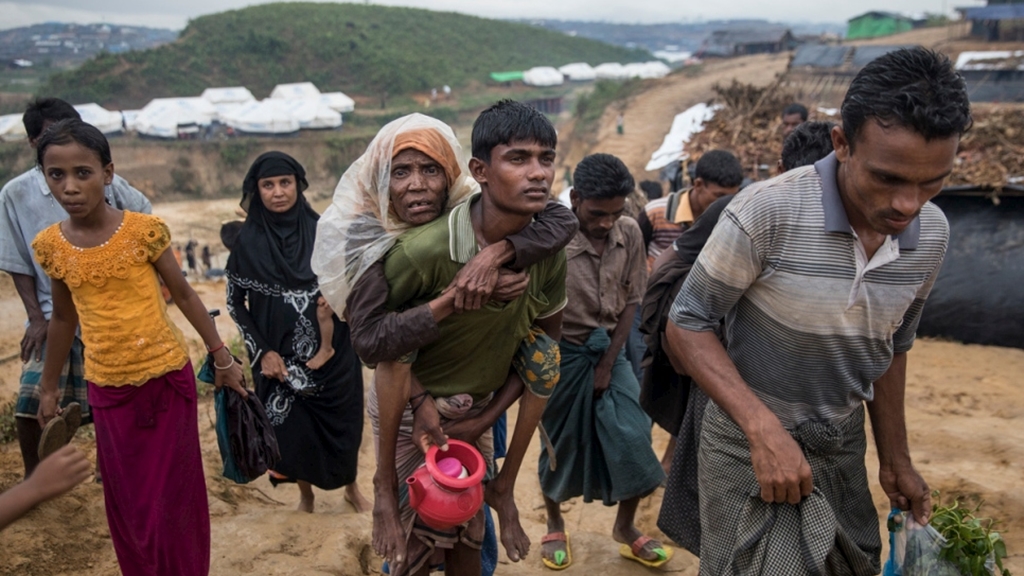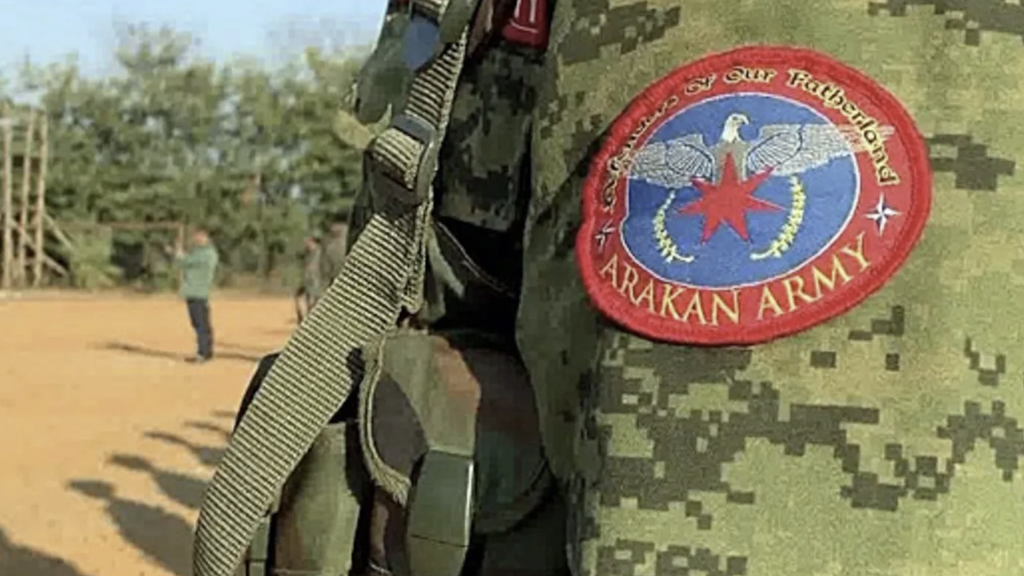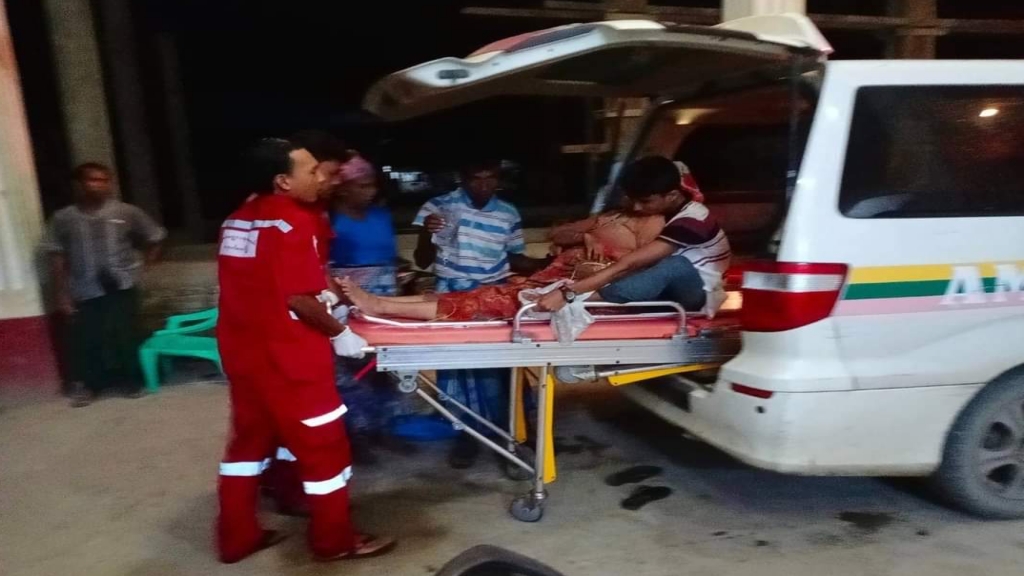
Nowhere to flee, Rohingya refugees are struggling to survive
- 10/05/2020
- 0
By Sayedullah, Kamal, Alom Shah
Instead of looking forward to a better, more peaceful future, Rohingya are starting to flee again. This time, they are fleeing from Bangladesh
In 2017, when the genocidal campaign in Myanmar forced the Rohingya across the border and into Bangladesh, we came seeking refuge and safety. The country opened its borders and its hearts to almost 800,000 Rohingya and we were grateful.
We shared many of the same hopes as the Bangladesh government — we hoped to go home as soon as possible, we hoped to end the cycle of Rohingya displacement, we hoped to work together with the international community, and we hoped to have a dialogue with the government of Myanmar.
To achieve this, we became organized, we started speaking out, and we wanted to be involved in the discussions about our future. But that did not happen and our efforts were continually rejected by the government and the United Nations High Commissioner for Refugees (UNHCR).
UNHCR has consistently refused to engage with refugee leaders and keeps making decisions for us without consultation. They view us as a problem, not as human beings with rights and hopes.
At a peaceful rally and prayer session on August 25, 2019, we called for greater cooperation and dialogue to help us go home. Instead we received barbed wire fences and an internet ban. We still don’t really understand why.
Today, those shared hopes of two years ago are distant dreams. Instead of looking forward to a better, more peaceful future, the Rohingya are starting to flee again. This time, they are fleeing from Bangladesh.
On February 11, a small wooden boat trying to make its way from Bangladesh to Malaysia capsized, and dozens of refugees drowned. On April 15, a boat carrying 500 Rohingya was forced to return to Bangladesh after failing to enter Malaysia. Over 70 Rohingya starved to death or died from heat, their bodies thrown overboard.
Right now, hundreds of Rohingya are still at sea. At least three or four boats are bouncing between borders as countries turn their backs on the refugees. They are being denied entry into Malaysia under Covid-19 security concerns, and Bangladesh is refusing to allow them back in.
Traffickers keep extorting more money from the refugees on board — up to Tk60,000 – with no promise of safety in sight.
You would think that these horrific stories would stop the boats. But that’s not happening. Many refugees are still trying to get on these rickety wooden trawlers, hoping that they might be the lucky ones who make it.
That’s how desperate the Rohingya are, and that’s how bad the situation in Cox’s Bazar has become.
It’s difficult to describe how bad life is in the camps. Just like in Myanmar, Rohingya are now deprived of the most basic of rights — movement, livelihoods, and education. All of this has gotten worse under the new Covid-19 lockdown restrictions.
The majority of humanitarian workers are no longer allowed in the camps, meaning there are food shortages, water shortages, and access to health care is very limited. Latrines in some areas are overflowing, and rubbish is piling up and blocking drains.
With the monsoons about to arrive, the situation is only going to get worse.
We can no longer communicate with aid workers or receive any information from the outside world because the internet ban remains in place. We have been unable to contact family for eight months, which has made us feel completely isolated.
But the biggest issue of all is security. Dozens of criminal gangs have exploited the growing desperation to recruit Rohingya refugees. These gangs clash at night, extort the community, abduct people for ransom, deal in drugs, and abuse women and girls. In fact, many of the boats leaving Bangladesh are full of Rohingya women and girls being sent overseas to escape this violence.
The Covid-19 lockdown has also made the security situation worse, as the Bangladesh security and government officials are focused on other issues, leaving the camps ungoverned — especially at night.
Bangladesh is no longer a place of safety or refuge. And while we hold on to the hope of returning to our homeland with rights, safety, and citizenship, that is not yet possible. Conflict in our homeland continues to rage, and our families stuck in Rakhine are also turning to smugglers as a last means of escape.
Today our instinct of survival overshadows all other considerations. When humans are under threat, they have two options — to flee or fight. The Rohingya have historically chosen to flee — by foot, boat, car, or plane.
But soon there will be nowhere safe for Rohingya left to flee to. Across the whole region, borders are being shut and anti-Rohingya sentiments are growing stronger.
Since nearly one million Rohingya were forced by the government of Myanmar to flee to Bangladesh, our leaders in the camps have tried to encourage our community to remain hopeful and peaceful, but that is becoming very hard.
We still want to work with the government of Bangladesh and the international community so that we can go home as soon as possible. But we can’t do it alone, and we can’t do it under current camp conditions.
We need to work together to bring back some hope for the future, and to make sure Rohingya refugees can see more options than to flee or fight.
Sayedullah, Kamal, and Alom Shah are Rohingya youth and civil society leaders from the refugee camps in Cox’s Bazar, Bangladesh.







